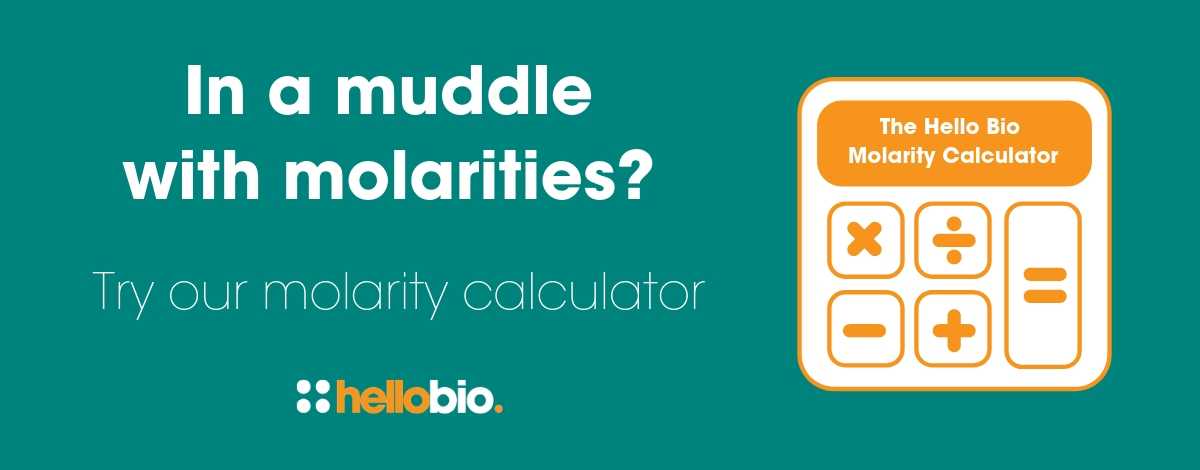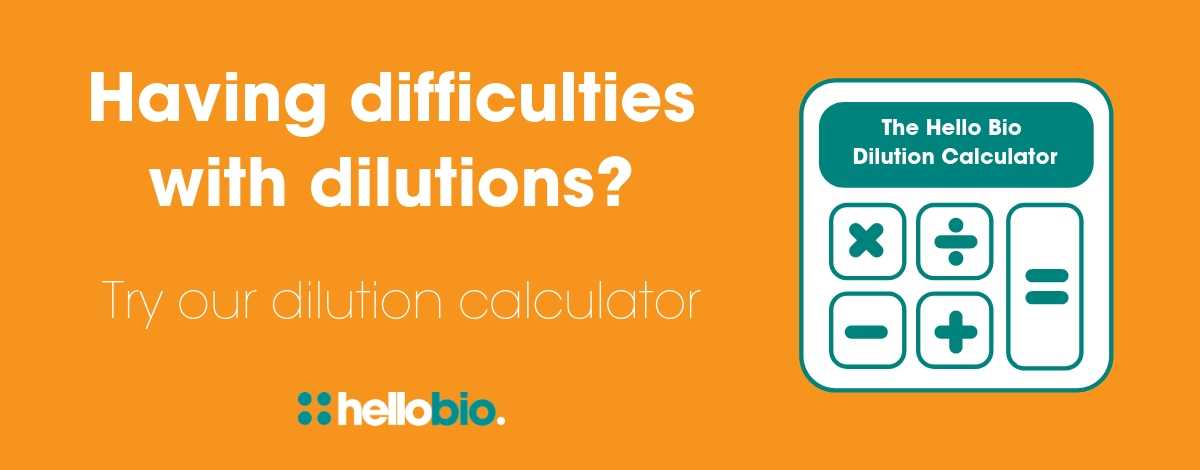Congratulations to our Science Snapshots Winner!
It’s time to announce the winner of our Science Snapshots photo competition! We asked you to send us your favourite science snaps from the lab, and you didn’t disappoint! We had some stunning entries from life scientists around the world featuring fascinating natural patterns and comical microscopic discoveries. We got a glimpse into your amazing lab activities, with shots of researchers both hard at work as well as having a little fun!
And speaking of fun, the winner receives a $250 Lab Fun Grant to spend on something fun for the whole team! It could be a pizza night, a cinema trip or a huge stash of cookies and candy for the lab - the choice is yours! We know how important it is to strengthen social relationships and build morale amongst research colleagues, so we hope our prize will do just that for one lucky lab team!
So it’s time to reveal our Science Snapshots winning photograph…
You look like you’ve seen a ghost!
We couldn’t resist the spooky faces spotted in this brilliant image captured by Gulnar Abdullayeva, a PhD student at the University of Oxford, UK! Things got ghostly in the Cancer and Immunogenetics Lab when this image of cancer cells turned into a Halloween scene! Congratulations to Gulnar and the team at the Bodmer Group who now have a cool $250 to spend on something fun for everyone!
Gulnar Abdullayeva, is a final year DPhil student in Oncology at the University of Oxford. When Gulnar learnt about her win, she told us,
"I am very grateful to have been awarded as a winner at the Hello Bio Science Snapshots Competition with my entry Halloween Ghosts in Cancer Cells! Winning the Lab Fun Grant is an honour and a great opportunity to make a positive contribution to community. With this grant, and with the help of my lab colleagues we aim to organise a public engagement activity that showcases the enjoyable aspects of science, particularly targeting students. My lab colleagues will present their work in this activity, and I plan to get some lab T-shirts. I am also planning to invest in creating interesting learning materials such as videos and animations to engage the young students towards science. Once again, I would like to thank Hello Bio for this award and encourage students to make the best out of their PhDs."
Highly Commended
We had so many fantastic entries that we wanted to pick out four more great submissions which we felt should be highly commended…
Another unexpected face spotted under the microscope, and this one’s feline! Captured by Maro Iliopoulou of the Spillane Lab at King’s College London, UK, this great image was taken during B cell antigen recognition to study calcium signaling dynamics, and we couldn’t help but say ‘Hello Kitty’ when we saw it!
We were amazed by this beautiful image submitted by Anna Russell of the Norwich Medical School, University of East Anglia, UK. The incredible visual shows a cross section of a prostate under the microscope that has been stained with fluorescent markers to detect the presence of cancer (Cyan) and the subsequent influx of immune cells including T cells, B cells and Natural Killer cells (Yellow, Green, Pink and Orange). Anna and her colleagues use these images to detect the areas of higher immune cell activity in the prostate cancer and match them to the areas of the prostate cancer that are also positive for novel bacterial species, discovered by their lab, that are associated with more aggressive prostate cancer.
Another truly amazing image submitted by Jonas Campos, a PhD candidate at ICVS - Life and Health Sciences Research Institute in Portugal. The impressive image shows the role of omega-3 fatty acids on the biology of adipose tissue stem cells.
Amongst the seriously stunning science snaps were a few more light-hearted pics that made us chuckle, and none more so than this great shot by Christina Scanlon of Saint Joseph’s University, USA! She submitted this fun photo of their lab rubber ducks, Earl(enmeyer) and (SDS)Page relaxing in the rotavap after a long day of research!
The best of the rest
And here are just a few more of the many brilliant entries received... a big thanks to everyone who took part!
- A cross section pic of the team working on COVID-19 samples from clinics across Ghana. The veterinary labs in Ghana were very instrumental in testing for COVID in Ghana. Submitted by Spencer Dugbartey of Accra Veterinary Laboratory, Veterinary Services Directorate, Ghana.
- 100X microscopic images showing a macrophage engulfing bushfire black carbon particles, activated and undergoing senescence. Submitted by Keshav Raj Paudel of the University of Technology Sydney, Australia.
- An optical microscope image of KOH etching in a silicon nitride coated Silicon membrane. The blue colours are the remnants of potassium and the square windows are the Si etched part. Submitted by Muhammad Sajeer of the Indian Institute of Science, Bangalore.
- The birth and growth of the first neurons in the antenna of a grasshopper embryo. Blue (DAPI) labels cell nuclei, green (horseradish peroxidase) labels neurons, red (EdU) labels proliferating cells. Submitted by Erica Ehrhardt of the University of Cologne, Germany.
- The scanning electron microscopy (SEM) micrograph depicts the formation of zirconia nanotubes via electrochemical anodization. Submitted by Swathi Naidu Vakamulla Raghu of the University of Siegen, Germany.
- /10 shades of orange/ 10 strains of transformed carotenoid yeast Rhodotorula toruloides compared to control strain (the most pale color). Submitted by Inna Lipova of the Tallinn University of Technology, Estonia.
- To see or not to see: The translucid life cycle of protein aggregation. Submitted by Daniela Vilasboas-Campos of the University of Minho, Life and Health Sciences Research Institute (ICVS).
- Rainbow after a rainy day. Sometimes experiments fail on rainy days. But we can learn from them and improve for the better like the rainbow that follows the rain. Submitted by Anastasios Bampalis & Kate Manley of the University of East Anglia, UK.
- This image shows a stage 10 chick embryo with noggin coated beads (blue), the image was from a model of stages involved after fertilisation of a chick egg. Submitted by Adetomiwa Dada of the University of Lagos, Nigeria.
- Healthy Fibroblast stained with TOMM20 antibody showing the mitochondrial network. Submitted by Fatemeh Shahhosseini of the University of Calgary, Canada.
- Playing with dry ice between experiments on a hot summer day to show off our silly side! Submitted by Lynn Lerner of the University of North Carolina, USA.
________________________________
If you enjoyed this article, why not check out the other resources available on our blog. We are passionate about supporting life scientists including early career life scientists and PhD students - with really low-priced reagents, antibodies and biochemicals, early career scientist grants, and resources to help with both personal and professional development. We know how tough it is - so we hope you find these helpful!
More General Support for Life Scientists
For advice on wellbeing, dissertations, presenting at conferences, wellbeing, PhD support, networking and lots more, we have a huge range of articles to help - just click below:
Save up to 50% on our high purity reagents...
When you get to the stage of planning your experiments, don't forget that we offer a range of low-cost, high-purity agonists, antagonists, inhibitors, activators, antibodies and fluorescent tools (yes - they really are around half the price of other suppliers!) You can use our Quick Multi-Search Tool to search for lots of products in one go, and the range includes:
- Enzyme inhibitors and activators
- Chemogenetic ligands
- Ion channel modulators
- GPCR & ionotropic receptor ligands
- Cell biology reagents & biochemicals
Technical resources
Try our Molarity Calculator: a quick and easy way to calculate the mass, volume or concentration required for making a solution.
Try our Dilution Calculator: an easy way to work out how to dilute stock solutions of known concentrations
We also offer a comprehensive range of technical resources including antibody protocols and methods, product guides and mini-reviews:
And finally, don't forget to check back in with our blog regularly for our latest articles. If there’s something you’d love to contribute to the community, whether that’s an interview or article, drop us a line at hello@hellobio.com
---



































